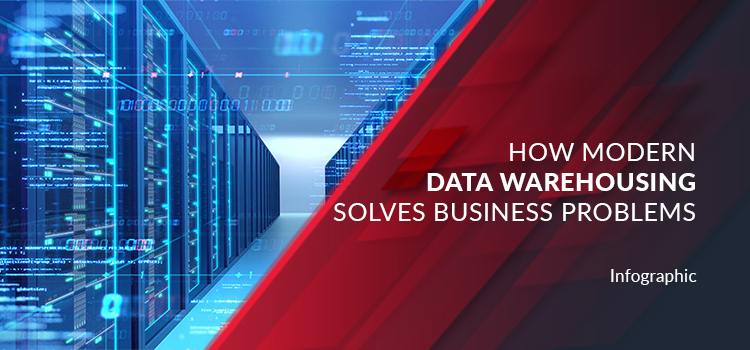How can we combine traditional BI, agile BI, and big data to help businesses grow and succeed in today’s market? Consider that big data gives businesses a more complete view of the customer by tapping into multiple data sources. At the same time, agile BI addresses the need for faster and more adaptable intelligence. Combine the two, along with already existing traditional BI, and efforts that were once separate can work together to create a stronger system of insight and analytics.
Through this new BI strategy, businesses can consistently harness insights and create actionable data in less time. Using the same technology, processes, and people, it allows businesses to manage growth and complexity, react faster to customer needs, and improve collaboration and top-line benefits – all at the same time.
The Drive for a New Kind of Data Warehousing
A new kind of data warehousing is essential to this new BI deployment, as much of the inefficiency in older BI deployments lies in the time and energy wasted in data movement and duplication. A few factors are driving the development and future of data warehousing, including:
Agility – To succeed today, businesses must use collaboration more than ever. Instead of having separate departments, teams, and implementations for things like data mining and analysis, IT, BI, business, etc., the new model involves cross-functional teams that engage in adaptive planning for continuous evolution and improvement. This kind of model cannot function with old forms of data warehousing, with just a single server (or set of servers) where data is stored and retrieved.
The Cloud – More and more, people and businesses are storing data on the cloud. Cloud-based computing offers the ability to access more data from different sources without the need for massive amounts of data movement and duplication. Thus, the cloud is a major factor in the future of data warehousing.
The Next Generation of Data – We are already seeing significant changes in data storage, data mining, and all things relateto big data, thanks to the Internet of Things. The next generation of data will (and already does) include even more evolution, including real-time data and streaming data.
How New Data Warehousing Solves Problems for Businesses
So how do new data warehouses change the face of BI and big data? These new data warehousing solutions offer businesses a more powerful and simpler means to achieve streaming, real-time data by connecting live data with previously stored historical data.
Before, business intelligence was an entirely different section of a company than the business section, and data analytics took place in an isolated bubble. Analysis was also restricted to only looking at and analyzing historical data – data from the past. Today, if businesses only look at historical data, they will be behind the curve before they even begin. Some of the solutions to this, which new data warehousing techniques and software provide, include:

Data lakes – Instead of storing data in hierarchical files and folders, as traditional data warehouses do, data lakes have a flat architecture that allows raw data to be stored in its natural form until it is needed.
Data fragmented across organizations – New data warehousing allows for faster data collection and analysis across organizations and departments. This is in keeping with the agility model and promotes more collaboration and faster results.
IoT streaming data – Again, the Internet of Things, is a major game changer, as customers, businesses, departments, etc. share and store data across multiple devices.
To Thrive in the Age of the Customers – Businesses Must Merge Previously Separate Efforts
Now that we are seeing real-time and streaming data, it is more important than ever before to create cohesive strategies for business insights. This means merging formerly separate efforts like traditional BI, agile BI, and big data.
Business agility is more important than ever before to convert and retain customers. To do this, BI must always be evolving, improving, and adapting, and this requires more collaboration and new data warehousing solutions. Through this evolution of strategies and technology, businesses can hope to grow and improve in The Age of the Customer.












